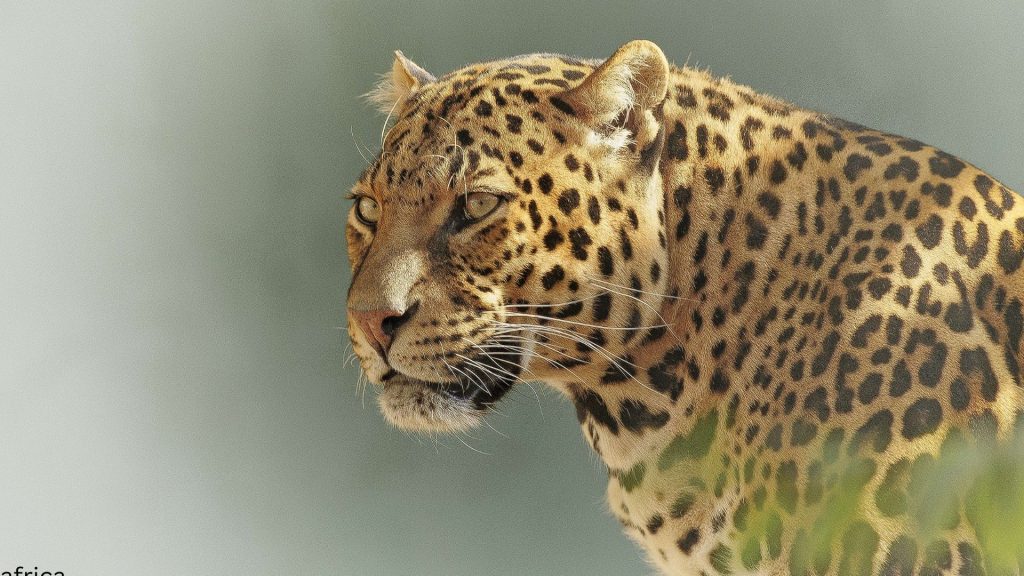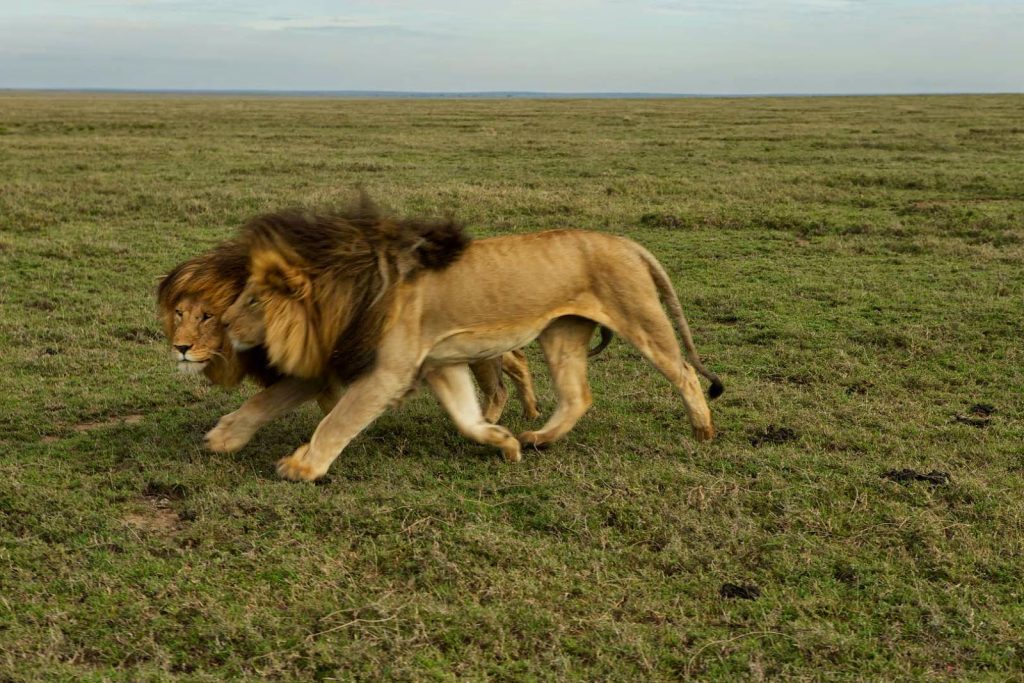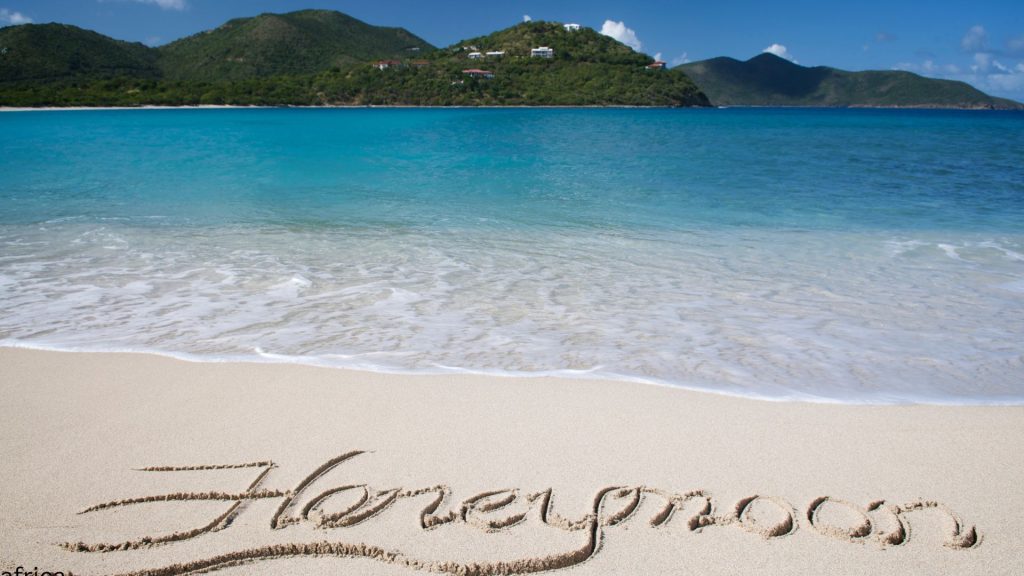Kilimanjaro Packing List
Kilimanjaro Mountain “The Roof of Africa”
Kilimanjaro Climb is a popular adventure, and you don’t need special climbing skills or equipment. There are seven main routes: Machame, Marangu, Rongai, Lemosho, Shira, Northern Circuit, and Umbwe. The Western Breach is advanced, for experienced trekkers only, The Mweka route is for descent only.
NOTE: When choosing a route, consider your trekking experience and preferences.
Kilimanjaro is the highest free-standing mountain in the world and one of the Seven Summits which doesn’t need any technical mountaineering skills at all, But that doesn’t mean it’s just a walk in the park, It’s more of an uphill walk. (With possibly a bit of scrambling on the “Barranco Wall“, depending on the Kilimanjaro route you end up choosing for your tour.)
This makes Kilimanjaro Trekking a very demanding adventure, Even if it takes no special mountaineering skills the trekking experience makes a huge difference to your chances of reaching the summit.
The mighty Mount Kilimanjaro is an everlasting magnet for adventurers and mountaineers, serving as one of the “Seven Summits”
Nestled between the border of Kenya and Tanzania, the highest mountain in Africa and the highest freestanding mountain in the world lures travelers from all corners of the globe to conquer its magnificence. We invite you to come and try Mount Kilimanjaro trekking for yourself. Experience the pride of making it to the top of Kilimanjaro and the feeling of freedom you get when standing on the top of Africa!
“The golden rule here is to pack as lightly as possible”
You will have a porter carrying a lot of these items, but it is important to pack lightly so they can carry additional items that will be necessary for the climb. Plus, you don’t want to be stuck with a lot of heavy baggage that you probably won’t use.
gear list required for Trekking to Kilimanjaro
Technical Clothing needed for the Kilimanjaro climb
Waterproof Jacket, breathable with hood
Insulated Jacket, synthetic or down
Soft Jacket, fleece or soft-shell
Long Sleeve Shirt, light-weight,
Short Shirt, light-weight,
Waterproof Pants, breathable (side-zipper recommended)
Hiking Pants
Fleece Pants
Shorts (optional)
Long Underwear
Underwear, briefs (moisture-wicking fabric recommended)
Sports Bra (women)
Headwear is needed for the Kilimanjaro climb.
Brimmed Hat, for sun protection
Knit Hat, for warmth
Balaclava, for face coverage (optional)
Bandana (optional)
Handwear is needed for the Kilimanjaro climb.
Gloves, warm (waterproof recommended)
Gloves, thin
Footwear needed for the Kilimanjaro climb
Hiking Boots, warm, waterproof, broken-in
Gym Shoes, to wear at camp (optional)
Socks, wool, or synthetic
Sock Liners, tight, thin, synthetic, and worn under socks to prevent blisters (optional)
Gaiters, waterproof (optional)
Trekking Accessories
Sunglasses or Goggles
Backpack Cover, waterproof (optional)
Water Bottle (Nalgene, 32 oz.)
Water Bladder (Camelback type, 3 liters)
Towel, lightweight, quick-dry (optional)
Pee Bottle, to avoid leaving the tent at night (recommended)
Stuff Sacks and dry Bags to keep gear dry and separate.
Trekking Equipment
Sleeping Bag, warm, four seasons
Trekking Poles, collapsible (highly recommended)
Headlamp, with extra batteries
Duffel bag, 50-90L capacity, for porters to carry your equipment
Daypack, 30-35L capacity, for you to carry your gear
Other Kit List needed for Kilimanjaro Climbing.
• Prescriptions
• Sunscreen
• Lip Balm
• Insect Repellent, containing DEET
• First Aid Kit
• Hand Sanitizer
• Toilet Paper
• Wet Wipes (recommended)
• Snacks, light-weight, high-calorie, high-energy (optional)
• Electrolytes, powder, or tablets (optional)
• Camera, with extra batteries (optional)
• Paperwork
• Trip Receipt
• Passport
• Visa (available at JRO)
• Immunization Papers
• Insurance Document



